latest

Google announced last year that the venerable Galaxy Nexus would not be getting any of that sweet, sweet KitKat action. Well, not officially anyway. Owners were not pleased, but they couldn't properly flood the internet with complaints because their phones were already dead. There have been a few KitKat ROMs that work well enough, but now some developers have created a kernel and GPU driver combo that could keep this device chugging along through the L release.
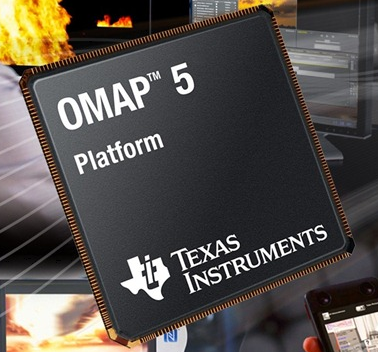
Before we get too far into this, let's point out that this rumor is coming from an Israeli newspaper, so it is easy enough for a company to disavow stories like these. With that disclaimer out of the way: Amazon may be looking into buying Texas Instrument's OMAP business. As we already know, TI has expressed interest in getting out of the mobile game. Not to say they'll stop making processors, but that the focus would be less on tablets and phones, and more on embedded SoCs for a variety of applications (such as automotive, vision, and robotics).
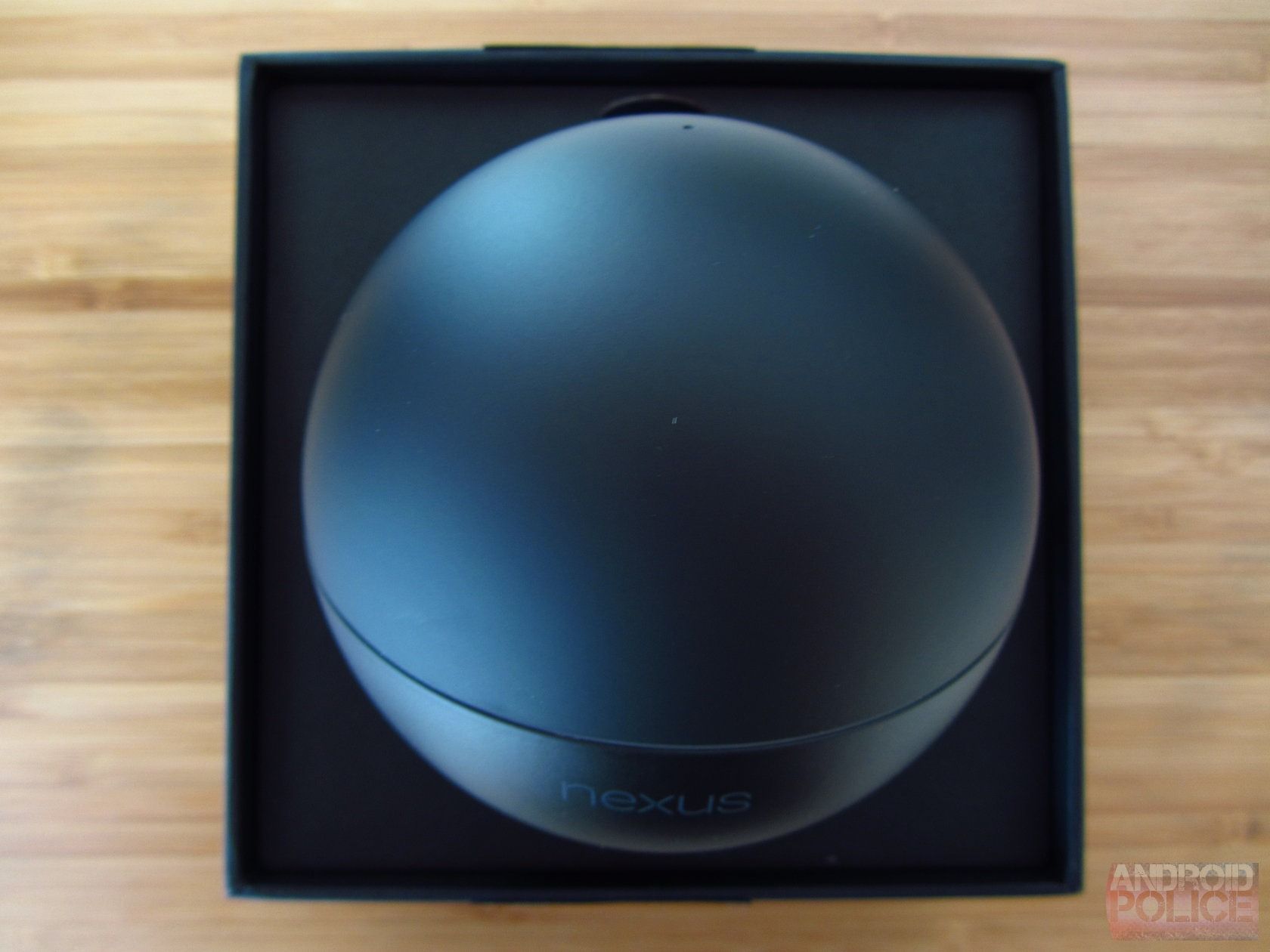
The Nexus Q: Massive Misstep Or Misunderstood Science Experiment?
When Google unveiled the Nexus Q at I/O on Wednesday, there were cheers. But not until the designers and creators of the hardware came on stage to explain
When Google unveiled the Nexus Q at I/O on Wednesday, there were cheers. But not until the designers and creators of the hardware came on stage to explain what it was for a good 5 minutes. Hell, they even put together a fantastic video showing the process of manufacturing the Q (in the good 'ol US of A!). Seriously, if you haven't watched it - watch it. The production values are outstanding.

A rumor has begun circulating over the past week about the possible existence of an upgraded version of the just-released Galaxy Nexus. At CES, ASUS announced the TF700T, a beefier version of the Transformer Prime (well before the first Transformer Prime has even been released in many countries), leaving a lot of people who bought the first iteration a bit upset. Are Google and Samsung following ASUS's lead and planning on releasing an incremental upgrade to the Galaxy Nexus so soon?
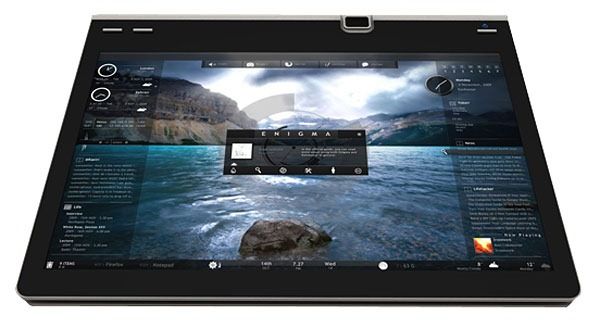
In a post to Notion Ink's official blog today, the Indian manufacturer announced a new partnership with Texas Instruments. The company indicated that the Adam II (a follow up on Notion's first Android tablet) will feature TI's OMAP44xx processor, as well as a few other TI components:
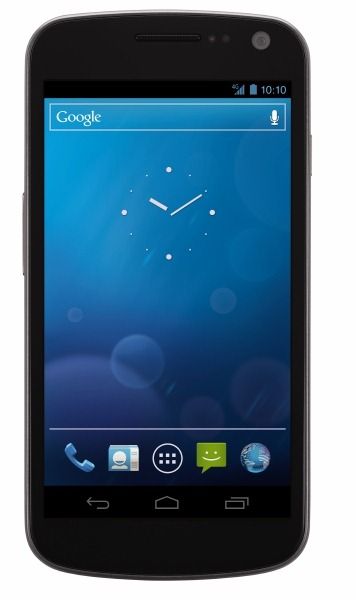
You probably guessed this was coming - our Mega-Holiday Giveaway series just wouldn't be complete without a Galaxy Nexus (check out our just-published review). Today, we're giving away one Verizon Galaxy Nexus, courtesy of our friends at Texas Instruments, along with a pair of Klipsch S4A headphones (read our review here). (For our international readers: this particular contest is open to the US only (it's a US-only phone), but you may want to check back tomorrow.)
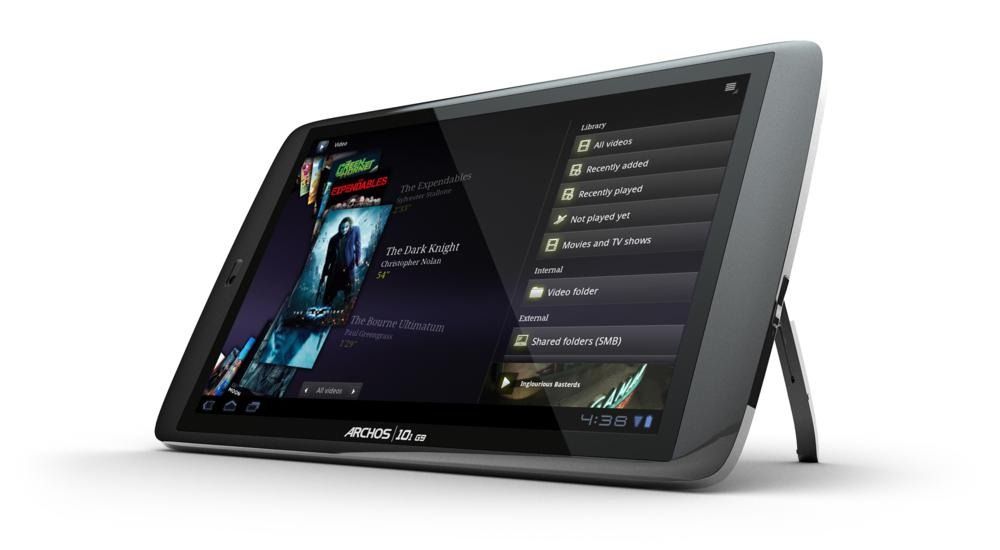
[Updated: Here Are The Winners!] Mega-Holiday Lightning Giveaway #3: Win An Archos 80 G9 8GB Classic Or 101 G9 8GB Classic For Doing Almost Nothing
Mega-Holiday Lightning Giveaway #3
Another day, another giveaway. Today, we're holding another one of our "lightning" giveaways, which will continue until tomorrow, December 18th at 11:59PM PST. For your consideration, we have two Archos tablets: the Archos 80 G9, and the 101 G9. Both come in the 8GB "Classic" trim and are equipped with TI OMAP4 1GHz dual-core processors, Android 3.2 Honeycomb, and allow for up to 7 hours of video playback. They're both equipped with kickstands as well, so there's no need to go buy a costly tablet folio to enjoy some hands-free video watching. We're giving away one of each model, brought to you by our friends at Archos.
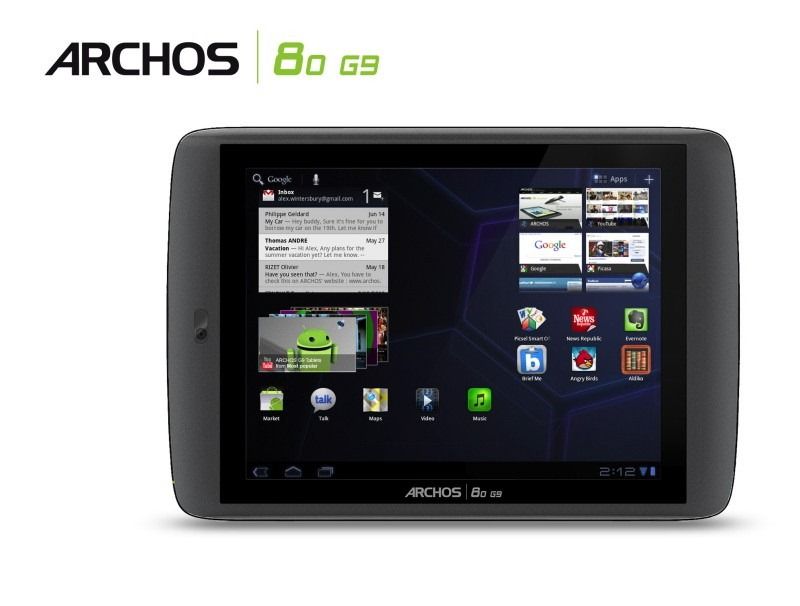
Remember the 1.5GHz powerhouse G9 tablets that were officially announced last week by ARCHOS? Yeah, the ones with staggering release dates ranging from September 20th to sometime in October. Need a refresher? Okay - here's the quick and dirty edition:
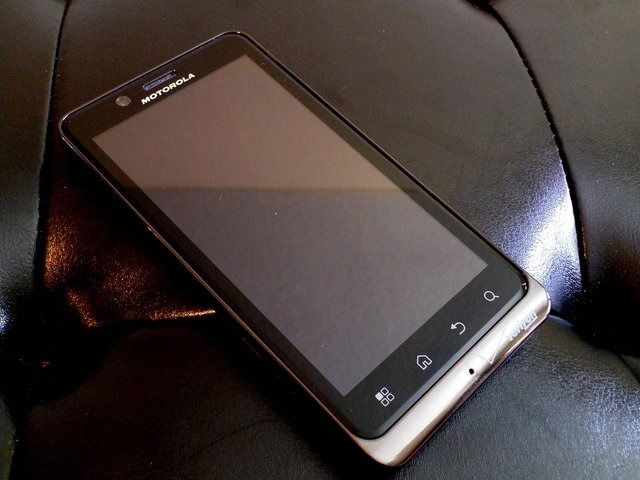
The DROID BIONIC has probably been the single most anticipated Android smartphone in the US. Since its unveiling at CES, subsequent total re-design, and sort-of-delayed release, it has been a long and winding road for Motorola's newest flagship handset. Verizon's massive marketing arm hasn't failed to promote this thing, either - walk into any Verizon store and you'll see employees garbed in BIONIC t-shirts, armed with BIONIC accessory display boxes and a tailor-made marketing spiel, ready to meet you with more LTE and dual-core madness than you can shake a stick at.
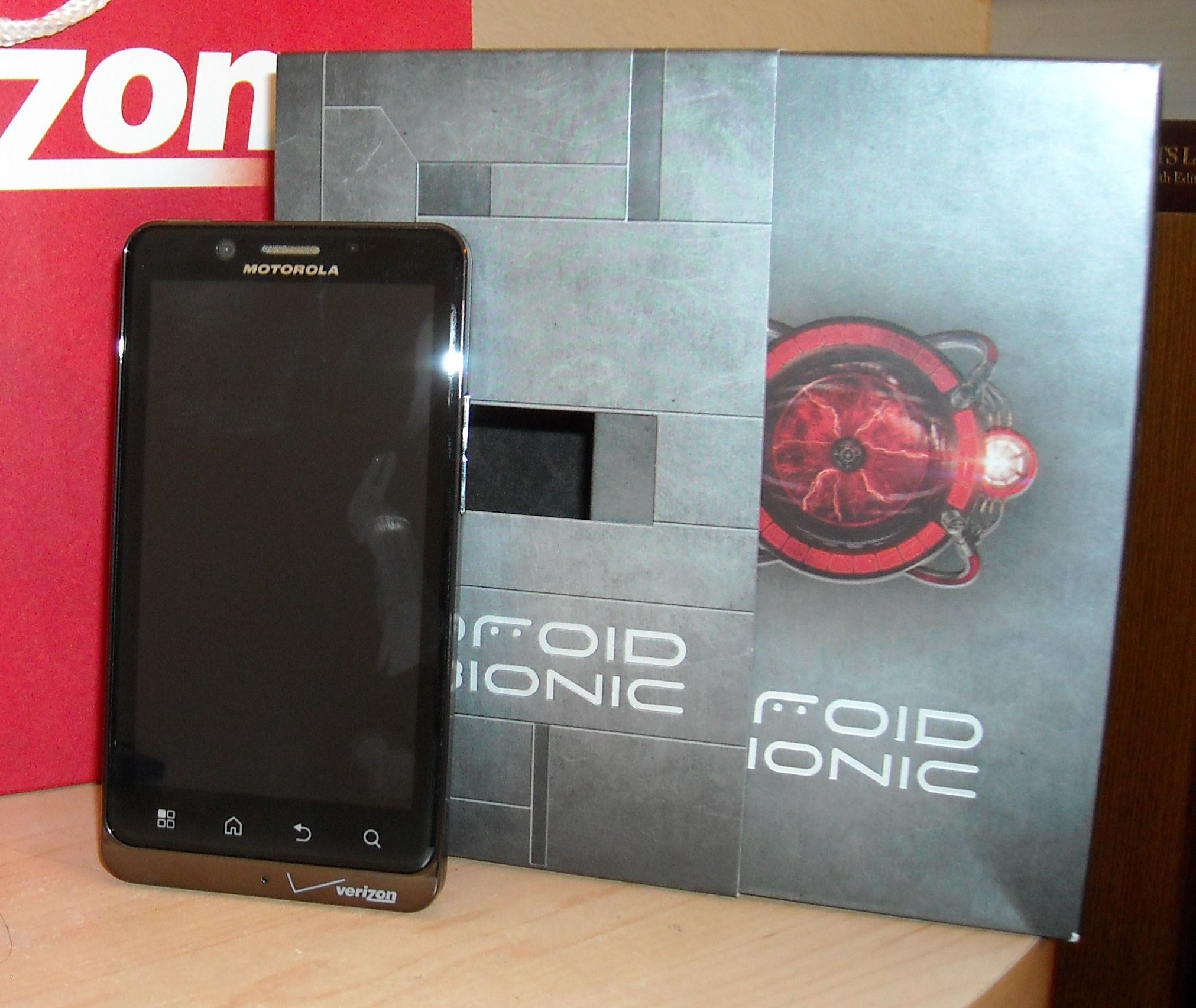
I've had the BIONIC just about 24 hours now, and that's enough time to draw a few, basic conclusions about the phone. It's not sufficient for a full review, obviously, but if you're itching to know more about how using the BIONIC is from an Android addict's perspective, you might want to check out my first impressions video.

Yep, you read that right - you can pick up a DROID 3 right now from Verizon's online store, complete with free overnight shipping for $199 on a new 2-year agreement or eligible upgrade. If you're a new customer planning to switch to Verizon (or planning to add a line), it's worth noting that you'll be subject to Verizon's new tiered data plans as of today. You can also buy it off contract, and it's not too expensive, either - it'll cost you $460 commitment-free.

The raw power behind NVIDIA's soon-to-be ubiquitous Tegra II chipset makes for some interesting possibilities when it comes to gaming. However, there are certain pitfalls when one manufacturer leap-frogs the competition. Being the first to market in this latest generation of system-on-chips, NVIDIA has developers and exclusives pretty much at their beck and call. Who are you doing to develop for, the company with a multitude of devices hitting the market right now, or the "other guys" without any firm release date? NVIDIA's in a strong position right now, and it's going to do its best to solidify that.
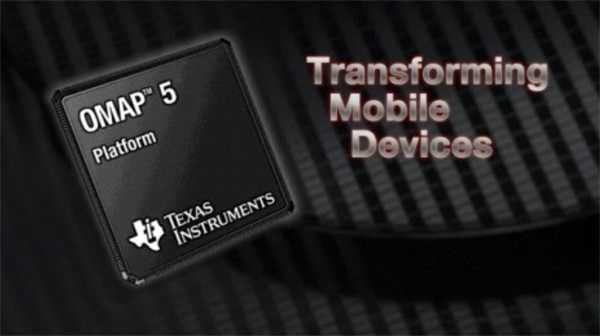
Yeah, Nvidia's Tegra line of mobile processors is pretty exciting, and will be getting the quad core treatment later this year, but don't forget about the competition - namely, Texas Instruments. TI chips have powered most of Motorola's Android products to date (excluding the upcoming ATRIX / BIONIC / XOOM), but Nvidia ended up beating TI to the punch in the marketplace for multi-core handsets and tablets.








